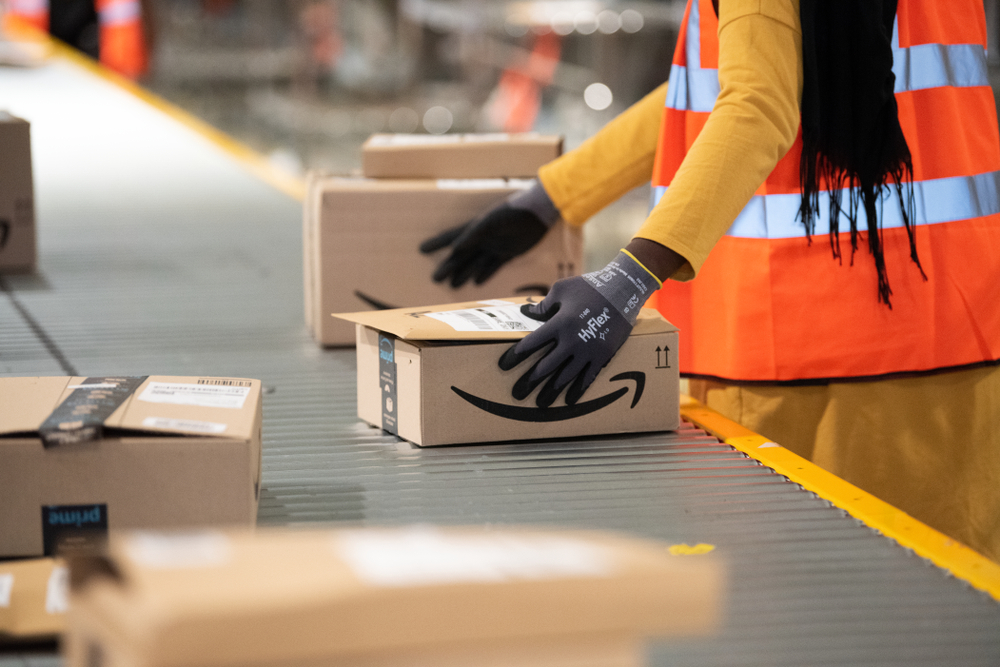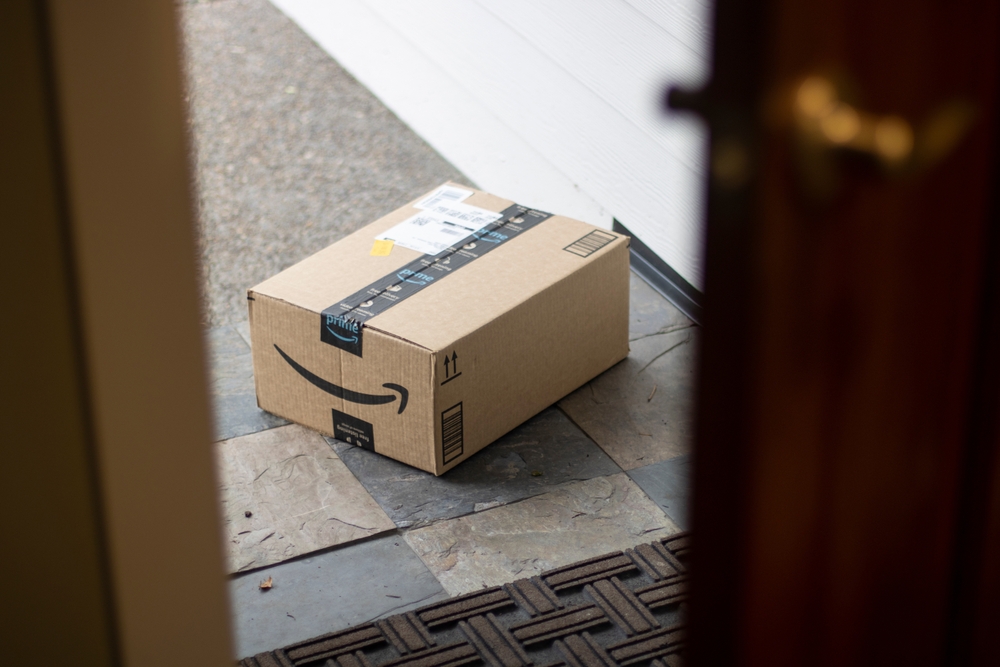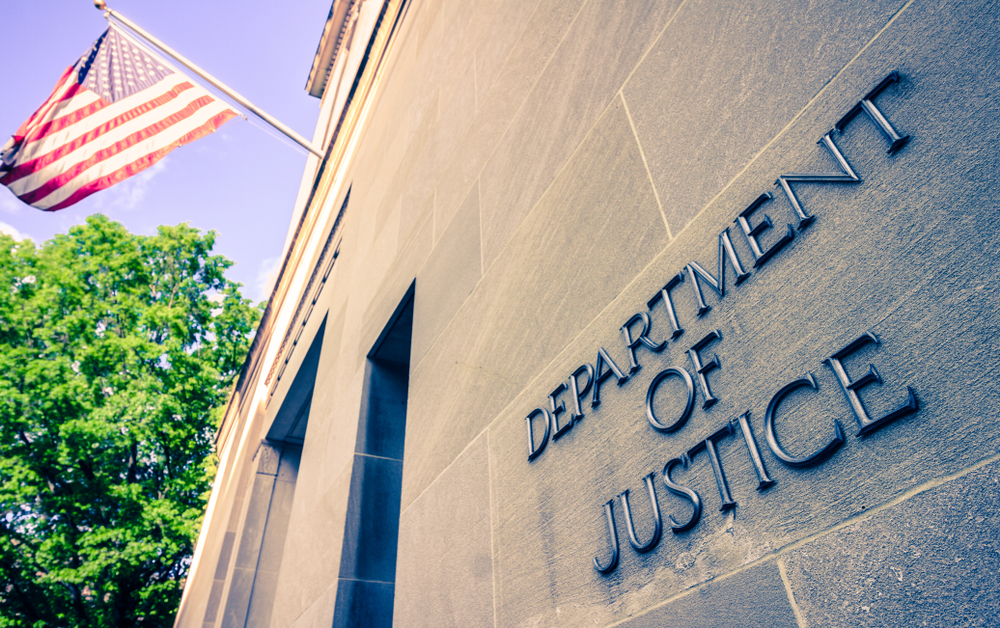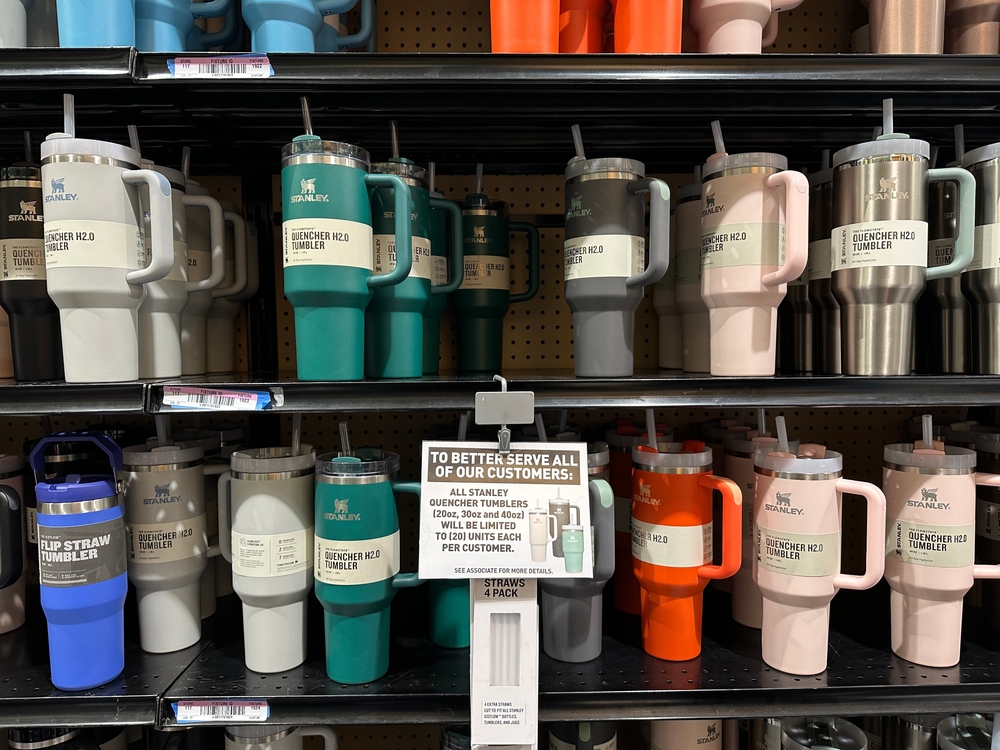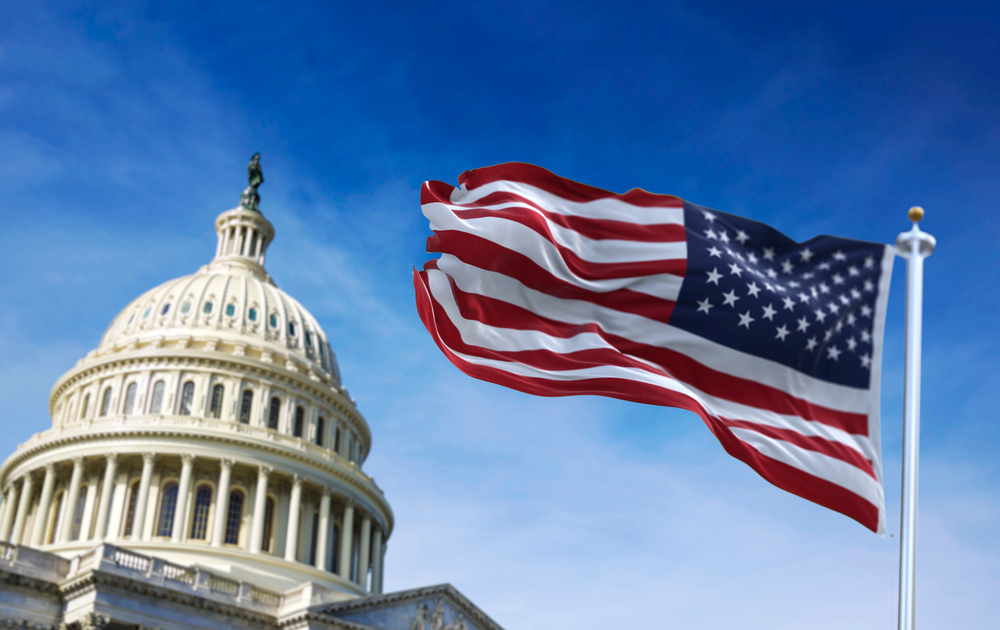David and Goliath: Will Amazon Workers Unionize?
Bessemer, Alabama, a suburb of Birmingham, has a few claims to fame. Mega-athlete Bo Jackson was born here on November 30, 1962. It was a thriving economic hub for steelmaking in the 20th century, and now the success seems to be continuing due to two E-Commerce endeavors. Carvana, the popular digital platform for car buying, is currently building a $40-million fulfillment center. And Amazon opened a major distribution center a year ago, bringing thousands of new jobs to the area.
Currently, it’s Amazon that is making headlines. In the last several months in Bessemer, individuals advocating for workers’ rights and all that’s good in collective bargaining have pushed workers to recognize labor unions’ benefits. If union advocates see success, on March 29, up to 6,000 Amazon warehouse workers in Alabama will be told they can join the Retail, Wholesale and Department Store Union. That is the deadline for workers to cast their yes or no vote on bringing the union in Bessemer.
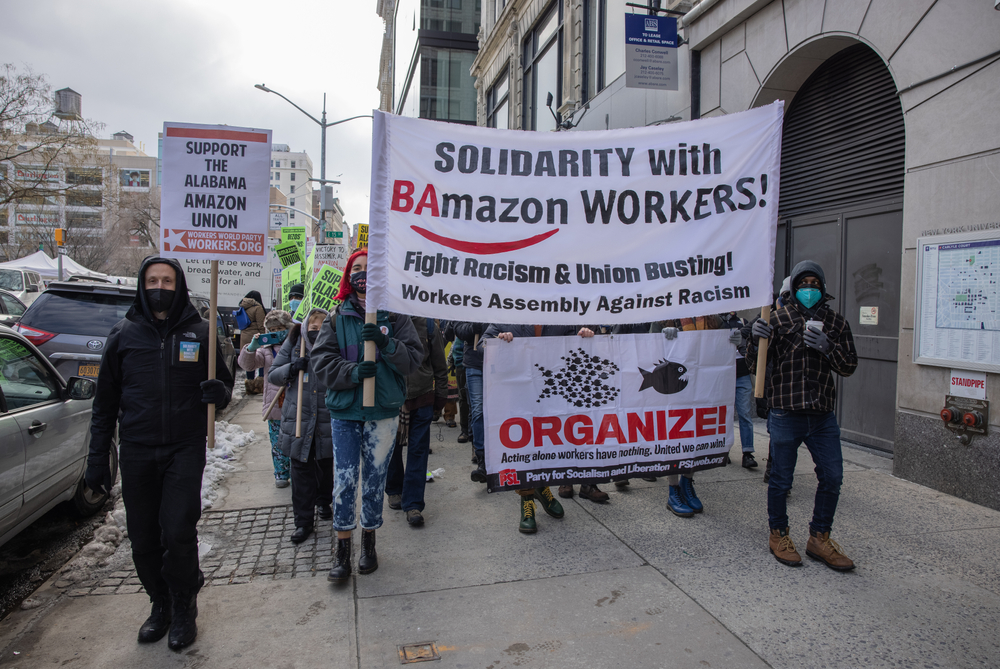
Although Amazon workers in Europe already are in a union, Bessemer’s group would be the first time Amazon workers successfully unionized in the United States.
Historically, workers in the Deep South do not lean towards labor unions. For the most part, the southern region of the United States has existed as a conservative “right-to-work” region. However, current times hold an intense combination – overworked employees during a pandemic and a boss who happens to be a multi-million dollar international conglomerate. The tide may be rolling in a different direction in Alabama.
Here’s what we know:
March 29, 2020. As the COVID-19 pandemic began to rage, Amazon employees were welcomed into the new 855,000 square-foot fulfillment center for the first time. Originally, 1,500 full-time positions were announced, with salaries paying at least $15 an hour plus benefits.
At the same time, work demands for Amazon employees across the country were increasing due to the uptick in consumer shopping online under stay-at-home orders. Across the nation, Amazon workers voiced concern over workplace safety as well as “…the company’s efforts to squash unionization.’’
.July 2020. CEO Jeff Bezos reported Amazon’s quarterly sales from April through June hit a record – $88.9 billion. However, workers in the warehouse continued receiving the same pay while their workload continued to increase due to the demands brought on by the pandemic.
November 20, 2020. Bessemer workers filed a notice with the National Labor Relations Board to hold an election to create a bargaining unit. Amazon officials retained Morgan Lewis & Bockius, “premier anti-union lawyers.” Amazon had used the same firm in 2014 to (successfully) fight off another effort by a small group of equipment maintenance and repair technicians in Delaware to unionize.
January 15, 2021. A National Labor Relations Board hearing officer ruled Amazon warehouse workers in Alabama had fulfilled the requirements to move forward with an election to unionize. Ballots would be cast by mail.
February 8, 2021. Voting begins for the Alabama warehouse workers, marking the first time since 2014 that Amazon has faced workers attempting to unionize. Seven years ago, a small group of equipment maintenance and repair technicians at Amazon’s Middletown, Delaware warehouse rejected union representation by a wide margin. At the time, a worker spokesperson told the Seattle Times he felt the pressure by Amazon was too much for voters to reconcile.
February 28, 2021. Although Amazon was not identified by name, roughly one year after the pandemic created worldwide chaos, the president of the United States voiced encouragement for people to unionize and for employers not to get in the way.
“Let me be really clear: It’s not up to me to decide whether anyone should join a union. But let me be even more clear: It’s not up to an employer to decide that either,” Mr. Biden said. “The choice to join a union is up to the workers—full stop, full stop.”
It was the first time Biden voiced an official opinion on an internal corporate dispute as president.
March 13, 2021. Surprising many, Senator Marco Rubio of Florida spoke up through a Miami Herald op-ed supporting the Alabama workers attempting to unionize. Although Rubio, who rarely agrees with Biden and Democrats on policy, stressed the American workers’ right to “having an increased say in working conditions,’’ he made it quite clear his support is based in conservatism. He explained he supported the workers due to his belief that Amazon is a company whose leadership has decided to wage a culture war against working-class values.’’
Rubio was one of a group of senators who wrote to Amazon earlier this month about its decision to remove the book “When Harry Became Sally: Responding to the Transgender Moment.” The book was written by the conservative scholar Ryan T. Anderson.
Here is the letter Amazon wrote in response to the senators.
Along with Biden and Rubio, other well-known individuals who have spoken up for the Amazon warehouse workers include Danny Glover, Bernie Sanders, and Stacey Abrams.
According to the Washington Post, as March 29 draws near, the company is going to great lengths to ensure anti-union information is being received by warehouse employees making their decision. At a virtual hearing with the Senate Budget Committee, warehouse employee Jennifer Bates said that along with displaying anti-union signs throughout the facility, including bathrooms, Amazon’s anti-union team is sending messages to workers’ phones and forcing employees to attend meetings. “The company would just hammer on different reasons why the union was bad for us. If someone spoke up and disagreed with what the company was saying, they would just shut the meeting down.”
The Alabama warehouse workers are standing on the brink of history, posed to be national influencers. They could soon affect the way unions are viewed in the Deep South. Whether Jeff Bezos likes it or not, they are also posed to influence Amazon warehouse workers across the U.S. Currently, in the United States, Amazon has 800 warehouses with 500,000 workers.








